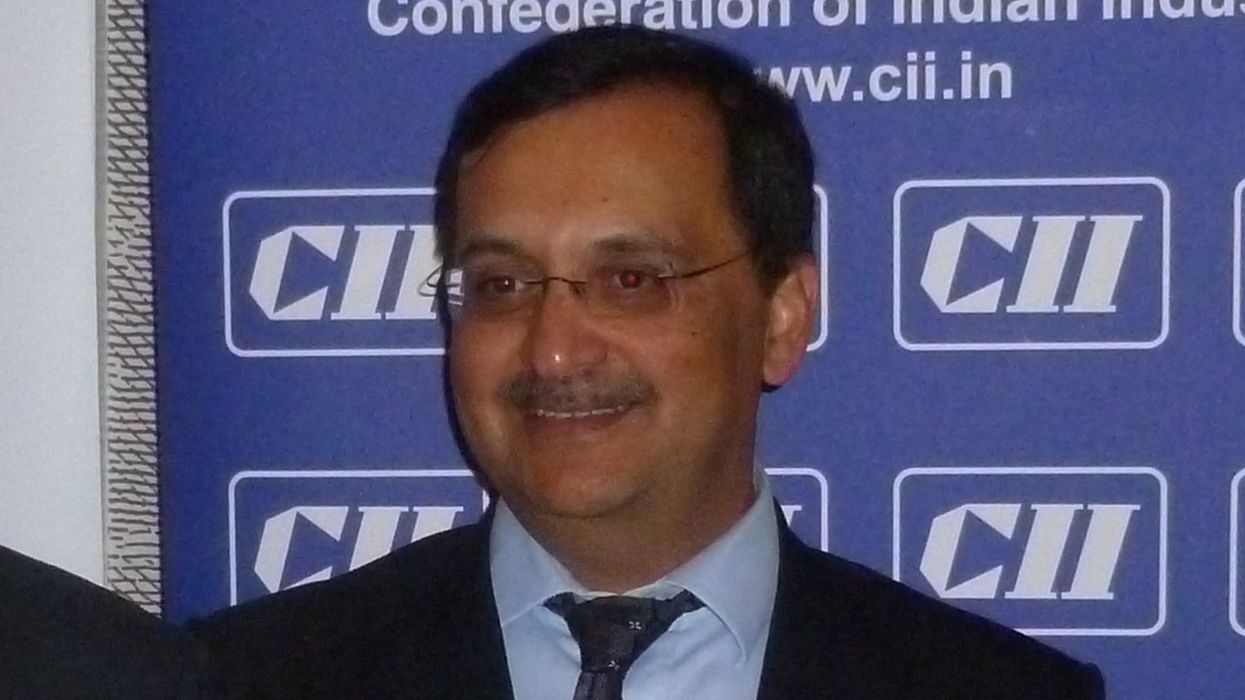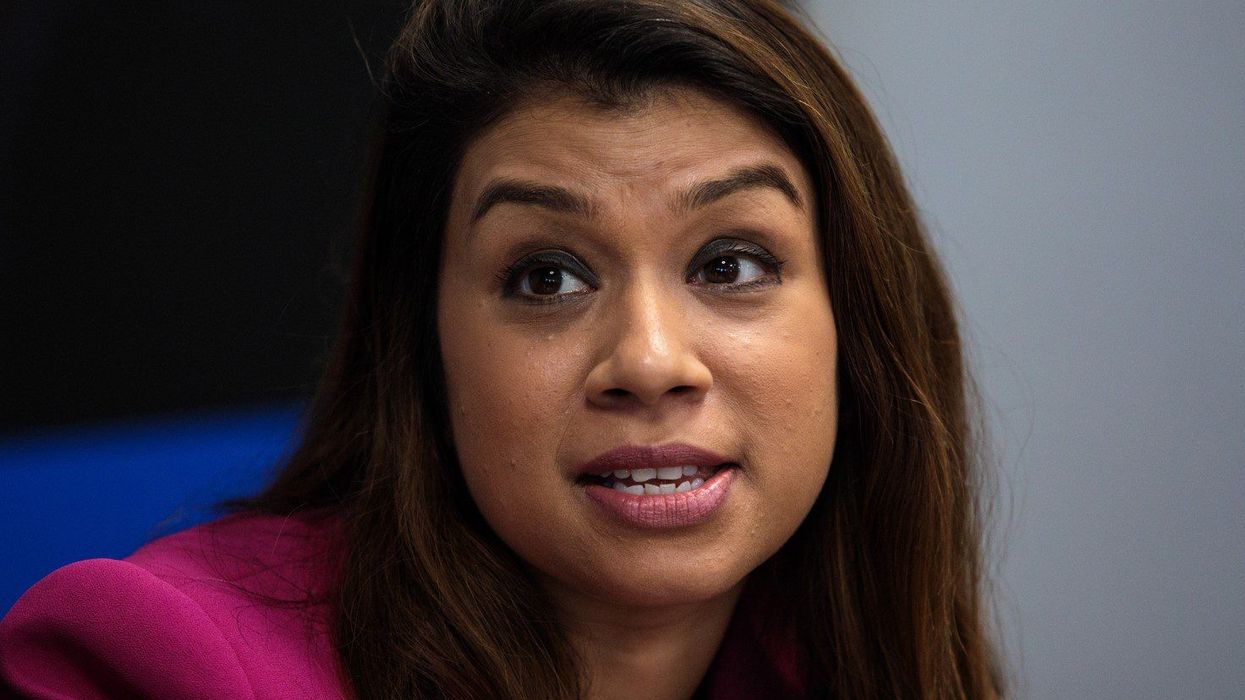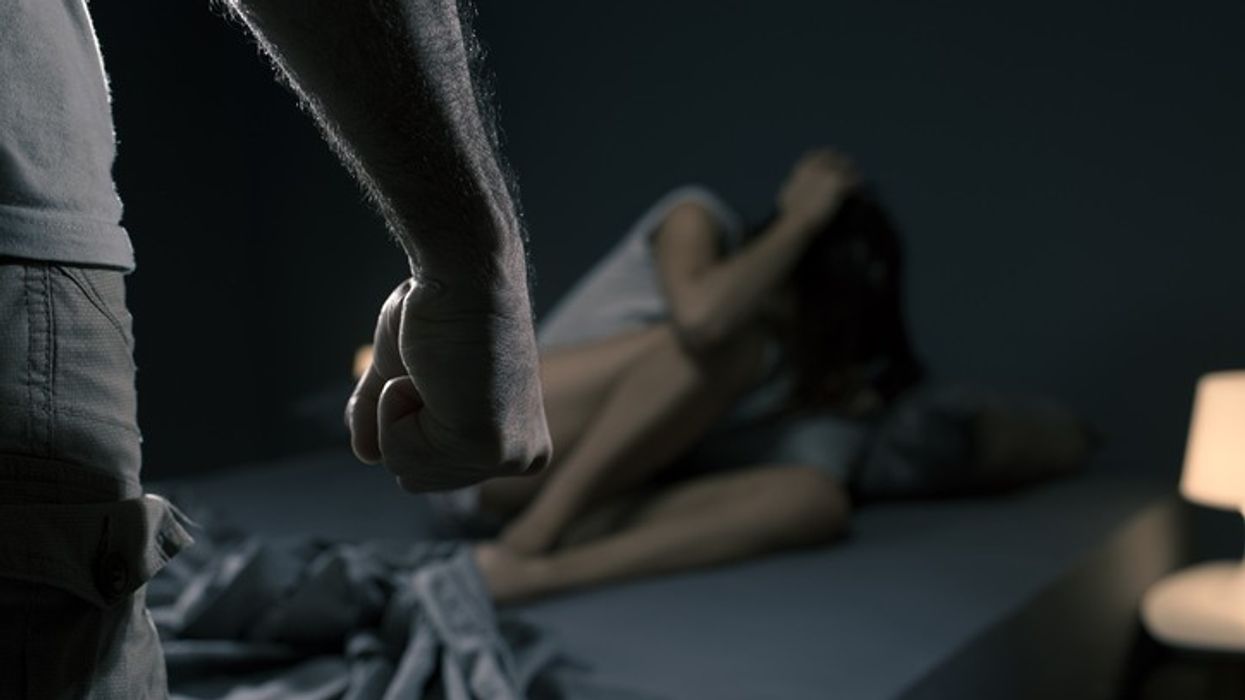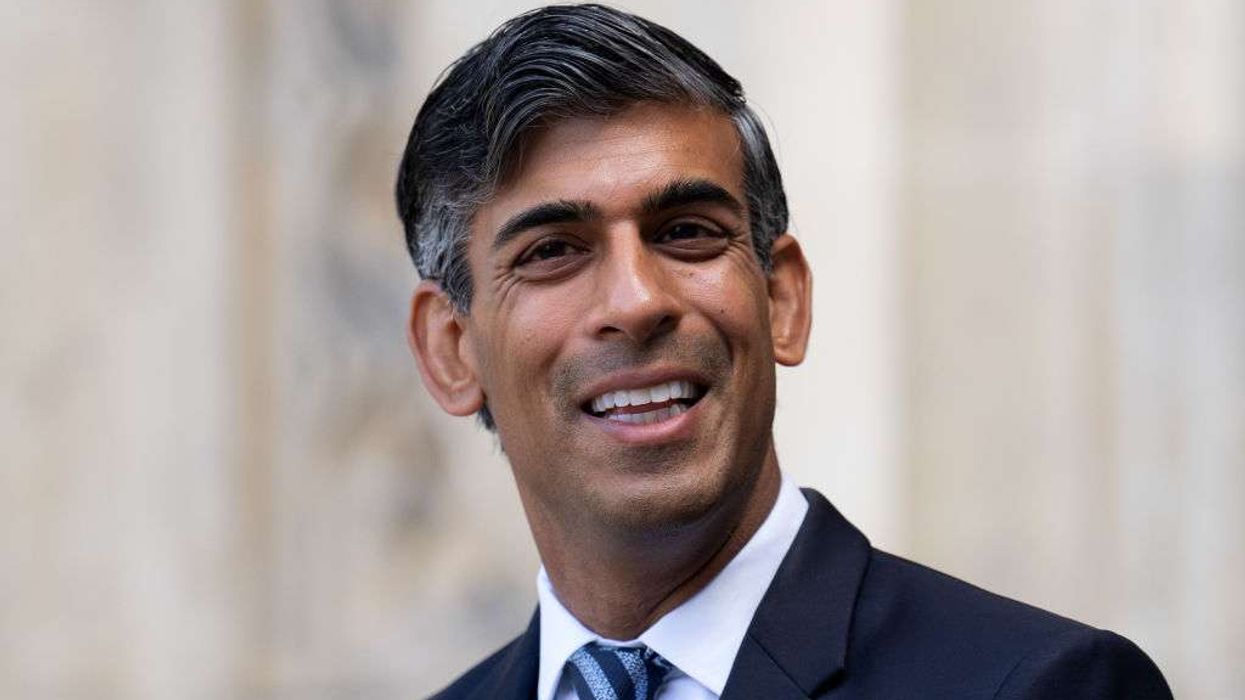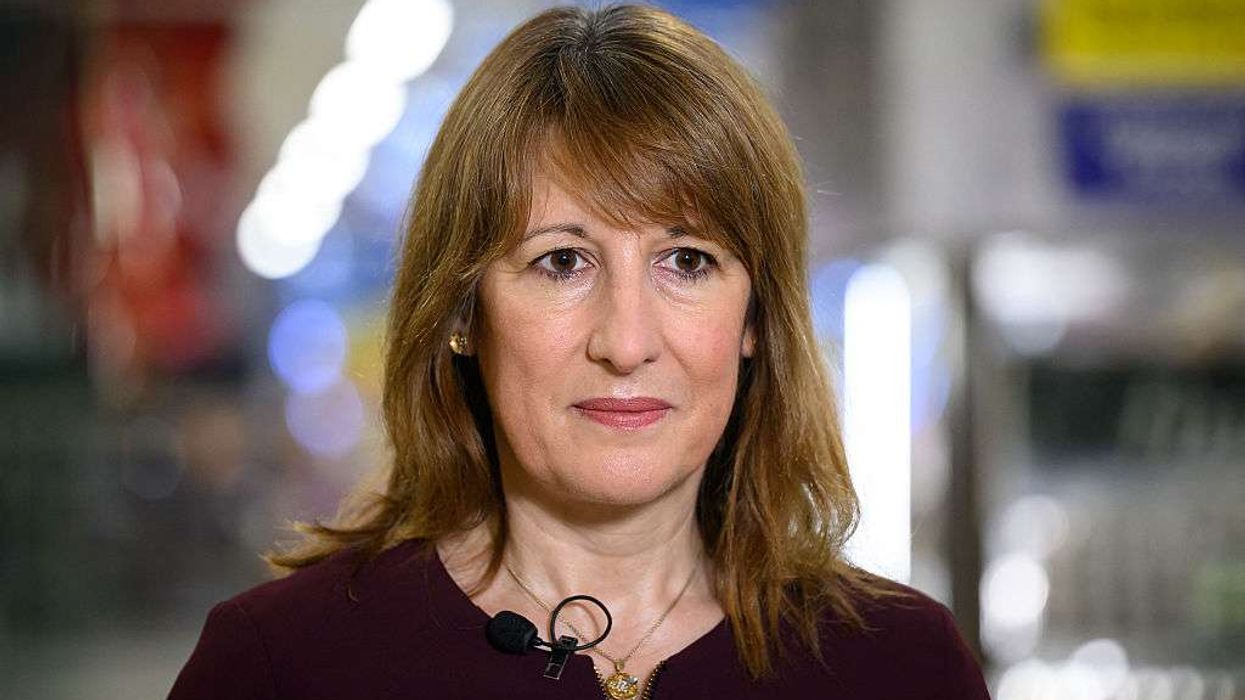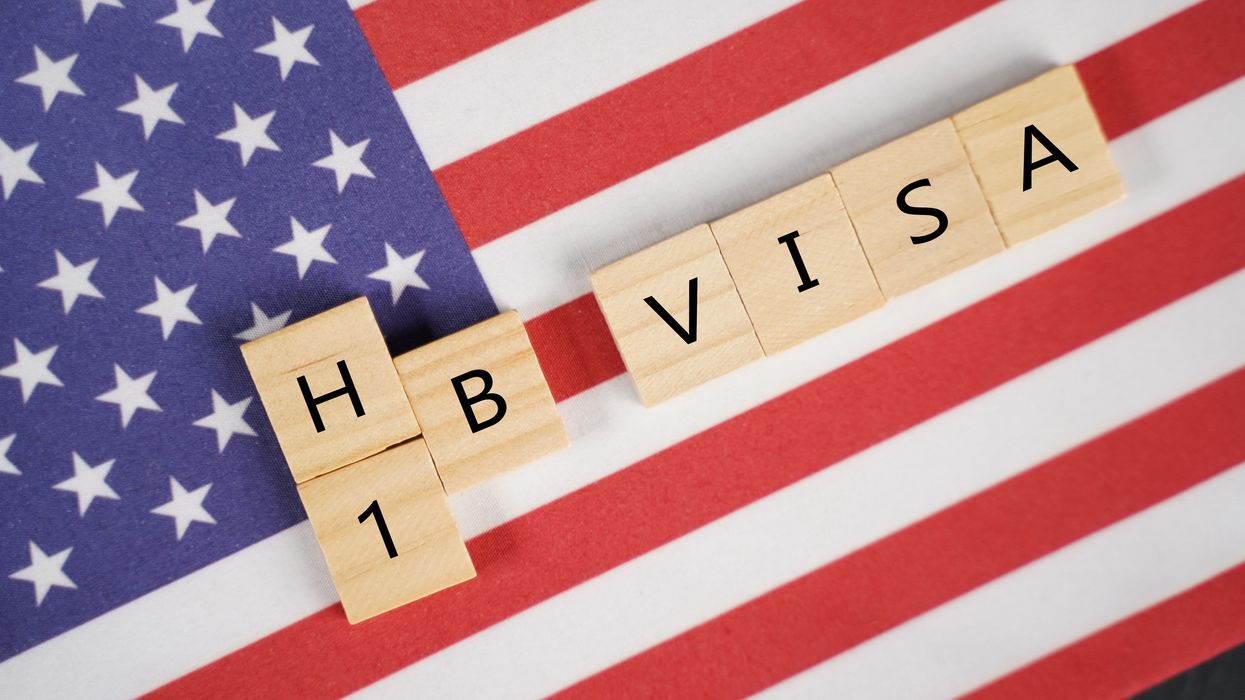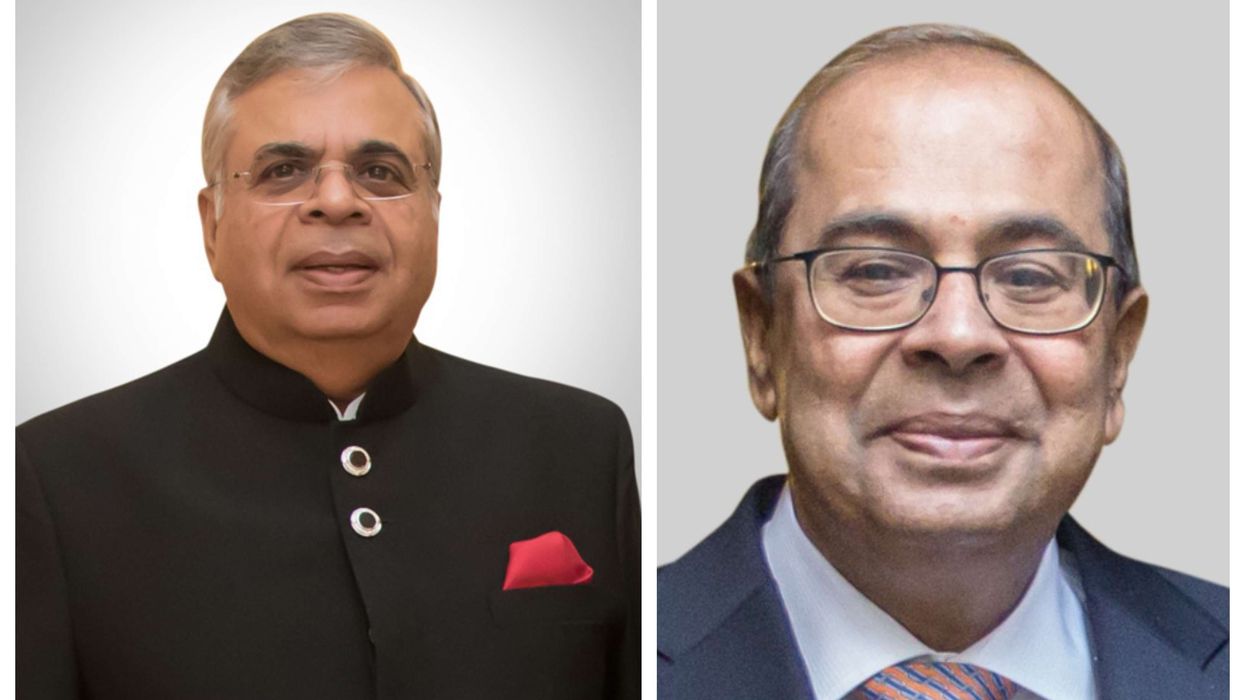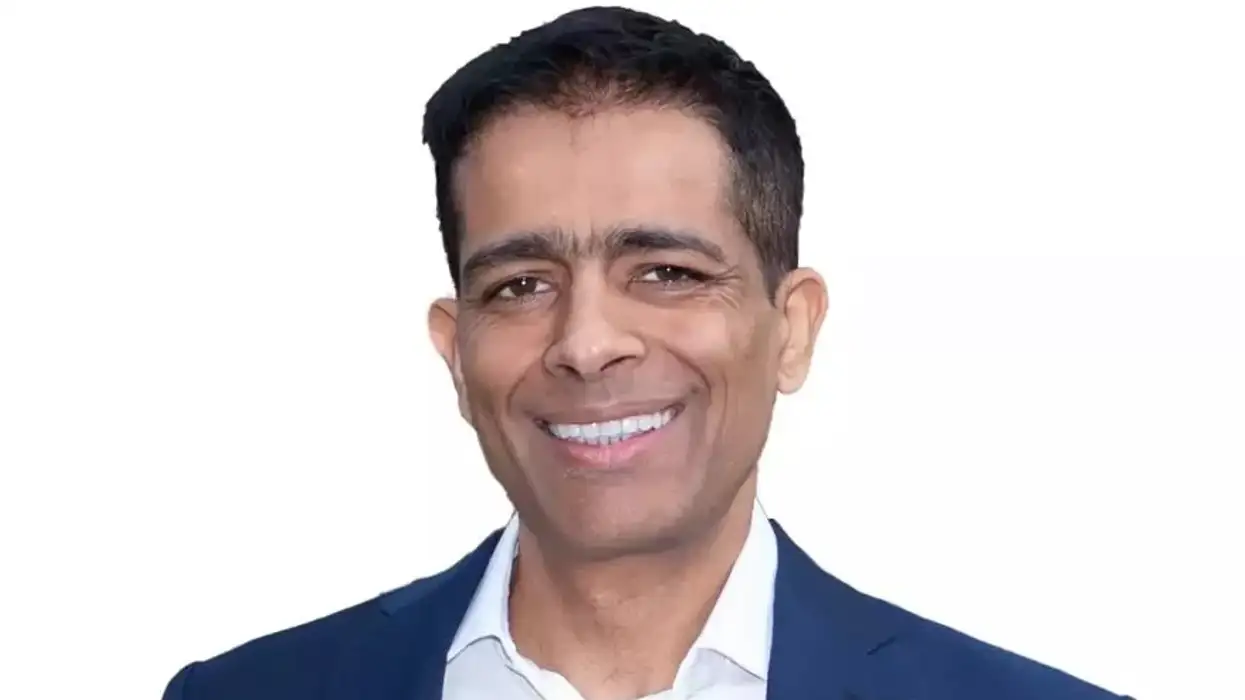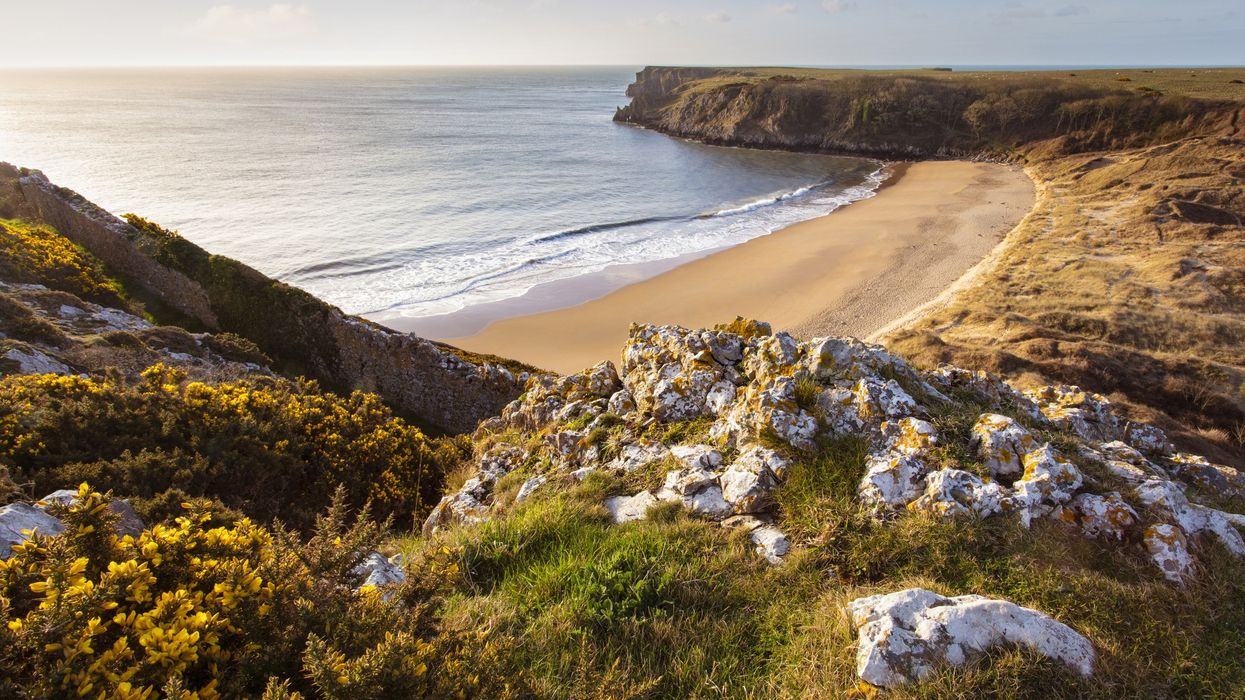INDIA and Canada on Thursday announced the appointment of new envoys to each other’s capitals, in a step aimed at restoring strained ties following the killing of a Sikh separatist in 2023.
India has named senior diplomat Dinesh K Patnaik as the next high commissioner to Ottawa, while Canada appointed Christopher Cooter as its new envoy to New Delhi.
The move comes more than two months after Indian prime minister Narendra Modi met Canadian prime minister Mark Carney on the sidelines of the G7 summit at Kananaskis in Canada.
Patnaik, a 1990-batch Indian Foreign Service officer, is currently India’s ambassador to Spain.
“He is expected to take up the assignment shortly,” the Ministry of External Affairs (MEA) said in a statement.
In Ottawa, Canadian Foreign Minister Anita Anand announced that Cooter will be the next high commissioner to India, succeeding Cameron MacKay.
“The appointment of a new high commissioner reflects Canada’s step-by-step approach to deepening diplomatic engagement and advancing bilateral cooperation with India,” Anand said. “This appointment is an important development toward restoring services for Canadians while strengthening the bilateral relationship to support Canada’s economy.”
A Canadian statement described the appointments as an important step towards restoring diplomatic services for citizens and businesses in both countries.
Cooter, who has 35 years of diplomatic experience, most recently served as Canada’s charge d’affaires to Israel and has earlier been high commissioner to South Africa, Namibia, Lesotho, Mauritius and Madagascar. He also worked as first secretary at the Canadian High Commission in New Delhi from 1998 to 2000.
In June, Modi and Carney had agreed to take “constructive” steps to bring stability to bilateral ties, including the early return of envoys to both capitals.
Relations between the two countries had deteriorated sharply after then prime minister Justin Trudeau alleged in 2023 that India may have had a role in the killing of Khalistani separatist Hardeep Singh Nijjar.
Following this, India recalled its high commissioner and five other diplomats in October last year, while expelling an equal number of Canadian diplomats after Ottawa linked them to the case.
Carney’s victory in the parliamentary election in April has since helped initiate a reset in relations.
(With inputs from agencies)
